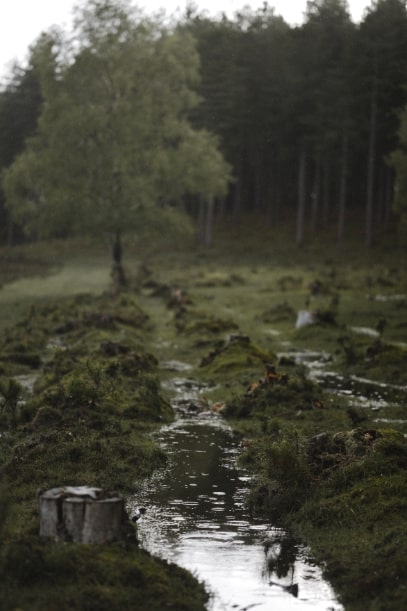When you work outside, especially in agriculture, waterproofs can be invaluable. These garments feature materials that resist water penetration. The goal is to ensure that they keep moisture away from the skin to avoid the issues it can cause. What we want to do here is talk about some of the most common kinds of waterproof materials in use today. It can help you to choose the right garments.
What does it mean?
Let’s begin by explaining what waterproof means. When you have this kind of fabric, to an extent, it is impenetrable to water. Its capacity to repel it gets measured by testing the amount of pressure it can take before water starts seeping through.
You can only refer to a fabric as waterproof if it has sealed seams. The seal and enclosure quality will dictate the level of waterproofing an item offers. If you want quality waterproofs, you definitely want to ensure it will have these seams.
Key terms
We also want to discuss two terms you will hear when you look at waterproof fabric. What we are talking about here is water repellent and water resistant. It is vital to distinguish between them because they are similar but not identical terminologies. You could have seen them already when making purchases. By understanding the difference, you will know what to expect with the items.
The manufacturing of water repellent material makes it hard for water to penetrate it. These items normally have some kind of coating. This is instead of it comprising the actual fabric itself. A water resistant material resists water penetration. But, it won’t keep you dry in extreme weather. Fabrics like these offer minimal protection.
Common waterproof materials
Now, we will discuss some materials for waterproofs and just how good they are.
Laminated cotton
This material is effective and very common. A thin coating is applied to one side of the cotton to make it waterproof. The other remains natural fabric or there can be a water-resilient lining. This sort of waterproofing is far more environmentally friendly than some options. The fabric is perfect for jackets, hats, and even ski clothing because it functions well in extreme weather conditions.
Polyester and nylon
When you have these materials by themselves, the two are not waterproof in their own right. But, they can be if you choose the tightly knit weave. A special coating of polyurethane can help too. It will make it able to withstand water splashes and rain, creating great waterproofs.
Polyester fleece
This is another water-resistant fabric. It is one that can be as long as it is thick. By carefully introducing a water repellent coating, you can make the fleece more water resistant than it normally is. This makes it useful for different garments, including jackets.
Polyurethane laminate (PUL)
This is the fabric of all fabrics that are waterproof in their own right. It is a polyester material that comes with a plastic backing that includes a thin waterproof layer. The fabric is entirely waterproof, flexible, and breathable. It is also smooth and thin. Most importantly, you can wash it repeatedly without causing harm.
An easy way to purchase quality waterproofs
At JS Hubbuck Ltd, we have plenty of waterproof garments available for purchase. This includes Flexothane, Ridgeline, and Sitemaster options. They come in jacket, trouser, and bib n brace form. As a result, you should be able to find what you need. We even have wellies and more.
So, if any of these options for waterproofs interest you, please let us know. You can also ask us for recommendations if you are unsure which garments would be the best for the specific agricultural jobs you need to do.

